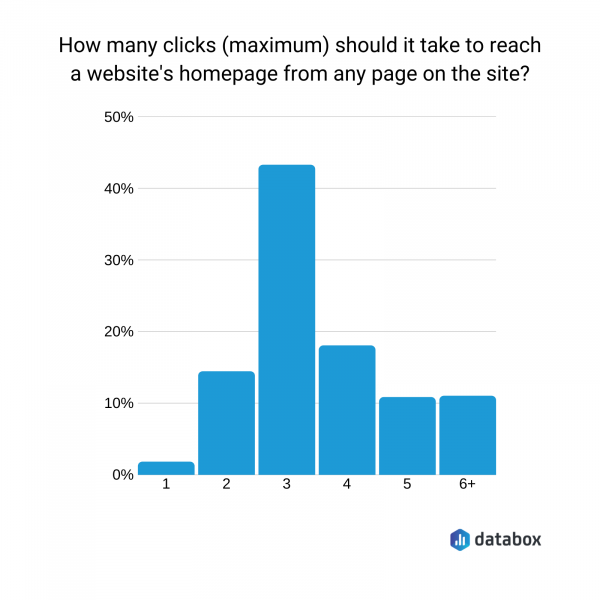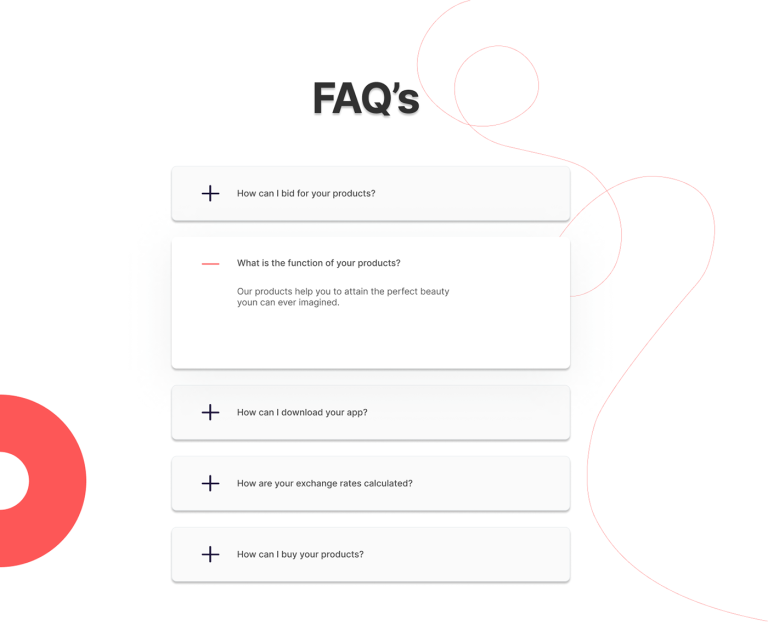
In the digital age, where attention spans are shorter than ever, the way you structure your content can make or break its success. Whether you’re writing a blog post, an academic essay, or a business report, clarity and flow are essential for engaging your audience. One of the most effective tools for achieving this is the strategic use of lists and numbered sections. These elements not only enhance readability but also help guide your readers through complex ideas with ease.
This article will explore how lists and numbered sections can improve the flow of your writing, why they matter in modern content creation, and how to implement them effectively. Whether you’re a seasoned writer or just starting out, these techniques can transform your work from good to great.
What Is Using Lists & Numbered Sections and Why It Matters
At its core, using lists and numbered sections is about organizing information in a way that makes it easier for readers to digest. A list—whether bullet points, numbered steps, or subheadings—acts as a roadmap, helping readers navigate through your content without feeling overwhelmed.
In the context of SEO and content marketing, this is especially important. Search engines favor content that’s well-structured and easy to scan. Readers are more likely to stay on your page if the information is presented clearly, which can lead to higher engagement metrics like dwell time and lower bounce rates.
Moreover, studies have shown that people process visual information 60,000 times faster than text. By breaking up dense paragraphs with lists and numbered sections, you create a more visually appealing layout that keeps readers engaged and encourages them to read further.
How Lists & Numbered Sections Impact SEO Performance
The benefits of using lists and numbered sections extend beyond just readability—they also play a role in how search engines rank your content. Here’s how:
-
Improved User Experience (UX): Search engines like Google prioritize user experience. If your content is easy to read and understand, users are more likely to spend time on your site, signaling to search engines that your content is valuable.
-
Better Content Scanning: Skim readers often look for key points quickly. Lists and numbered sections allow them to find the information they need without reading every word. This increases the chances that your content will be shared and linked to, which are strong ranking signals.
-
Enhanced Keyword Visibility: When you use lists, you naturally incorporate relevant keywords and phrases. For example, a “Top 10 Tips” list might include variations of your main keyword, increasing the likelihood of appearing in search results.
-
Mobile Optimization: With more users accessing content on mobile devices, structured content is crucial. Lists and numbered sections are easier to scroll through on smaller screens, making your content more accessible.
-
Content Expansion Opportunities: Lists can be expanded into longer-form content. For instance, a “5 Ways to Improve Your Writing” list could become a comprehensive guide with detailed explanations for each point.
By incorporating lists and numbered sections, you’re not just improving the flow of your writing—you’re also optimizing it for both readers and search engines.
Step-by-Step Implementation Framework
Here’s a practical approach to using lists and numbered sections effectively in your writing:
- Define or Audit the Current Situation
- Start by analyzing your existing content. Are there long, unbroken paragraphs that might benefit from being broken into sections?
- Identify areas where readers might get lost or lose interest. These are ideal spots to insert lists or numbered sections.
-
Consider your audience: Are they looking for quick answers or in-depth analysis? This will determine how you structure your content.
-
Apply Tools, Methods, or Tactics
- Use bullet points for non-sequential information, such as features, benefits, or examples.
- Use numbered lists for step-by-step instructions, rankings, or processes.
- Incorporate subheadings to introduce new sections or topics within a larger piece.
-
Experiment with hybrid formats, such as combining a numbered list with bullet points for added depth.
-
Measure, Analyze, and Optimize
- Track engagement metrics like time on page, bounce rate, and scroll depth to see how readers interact with your content.
- Use A/B testing to compare different formats. For example, test a version of your article with lists against one without to see which performs better.
- Gather feedback from readers. Ask if they found the content easy to follow or if any parts were confusing.
- Refine your approach based on data and reader input. Continuously improve your use of lists and numbered sections to better meet your audience’s needs.
Real or Hypothetical Case Study
Let’s take a hypothetical scenario to illustrate the impact of using lists and numbered sections.
Case Study: Improving a Blog Post on Time Management
A blogger writes an article titled “10 Time Management Tips for Busy Professionals.” The original version has no lists or subheadings—just a single block of text. As a result, readers struggle to find the key tips, and the article receives low engagement.
After restructuring the content using numbered sections and bullet points, the revised article becomes much more readable. Each tip is presented as a numbered section with a brief explanation and a few bullet points for additional insights.
Results:
– Bounce rate decreases by 30%.
– Average time on page increases by 50%.
– Social shares rise by 40%.
– The article ranks higher for the target keyword “time management tips.”
This case study shows how even small structural changes can have a significant impact on content performance.
Tools and Techniques for Lists & Numbered Sections
To make the most of lists and numbered sections, consider using the following tools:
- Grammarly: Offers AI-powered suggestions for structuring your content, including when to use lists and how to format them effectively.
- SurferSEO: Helps identify content gaps and provides recommendations for optimizing your structure, including the use of lists.
- Canva: Great for creating visual content that complements your written lists, such as infographics or slideshows.
- Notion: A powerful tool for organizing thoughts and structuring content, especially useful for long-form writing projects.
- Google Docs: Built-in formatting tools make it easy to create and manage lists, subheadings, and other structured content.
These tools can streamline your workflow and ensure that your lists and numbered sections are both functional and visually appealing.
Future Trends and AI Implications
As AI continues to evolve, the role of lists and numbered sections in content creation will only grow. Search engines are becoming more sophisticated at understanding user intent, and structured content is increasingly favored.
AI-powered tools like Google’s SGE (Search Generative Experience) and Bard are already capable of generating content with clear structures, including lists and numbered sections. This means that writers must adapt their strategies to align with these trends.
In the future, we may see more automated content optimization tools that suggest where to insert lists or restructure content for maximum impact. However, human creativity and insight will still be essential for crafting compelling, engaging content.
To stay ahead, focus on creating content that is both well-structured and meaningful. Use lists and numbered sections not just as formatting tools, but as a way to enhance clarity, engagement, and SEO performance.
Key Takeaways
- Lists and numbered sections improve readability and flow, making your content more engaging for readers.
- They enhance SEO performance by improving user experience and keyword visibility.
- Implementing them requires a step-by-step approach, starting with auditing your content and refining it based on data and feedback.
- Tools like Grammarly, SurferSEO, and Notion can help streamline the process.
- As AI evolves, structured content will become even more important for both search engines and readers.
By mastering the art of using lists and numbered sections, you’ll not only improve the flow of your writing but also increase its impact and reach.
Meta Title: How to Use Lists & Numbered Sections to Improve Flow
Meta Description: Learn how to use lists and numbered sections to enhance readability, engagement, and SEO performance in your writing.
SEO Tags (5): lists in writing, numbered sections, content flow, SEO optimization, structured content
Internal Link Suggestions: Parameter #12: Content Structure, Parameter #18: User Experience Optimization, Parameter #23: SEO Best Practices
External Source Suggestions: https://www.searchenginejournal.com, https://moz.com, https://backlinko.com











